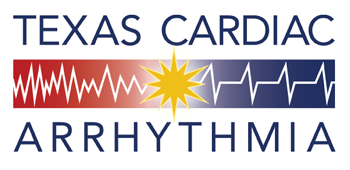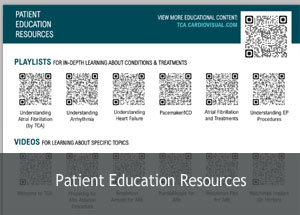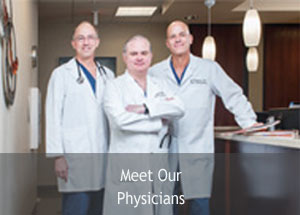Patient Education
TreatmentsLifestyle Changes
Since other heart disorders increase the risk of developing arrhythmias, lifestyle changes often are recommended. In addition, improving health can lesson the symptoms of arrhythmias and other heart disorders as well as prove beneficial to overall patient health.
Medications
Medications can control abnormal heart rhythms or treat related conditions such as high blood pressure, coronary artery disease, heart failure and heart attack. Drugs also may be administered to reduce the risk of blood clots in patients with certain types of arrhythmias.
Electronic Devices
By delivering a controlled electric shock to the heart, defibrillators or cardioverters “shock” the heart back into a normal heart rhythm.
Sometimes the devices are external, such as in an emergency situation. Often, the electronics are implanted in the patient’s chest.
Implanted Cardioverter Defibrillators (ICDs)
ICDs are 99 percent effective in stopping life-threatening arrhythmias and are the most successful therapy to treat ventricular fibrillation, the major cause of sudden cardiac death. ICDs continuously monitor the heart rhythm, automatically function as pacemakers for heart rates that are too slow, and deliver life-saving shocks if a dangerously fast heart rhythm is detected.
Pacemakers
Devices that “pace” the heart rate when it is too slow (bradycardia) can take over for the heart’s natural pacemaker, the sinoatrial node, when it is functioning improperly. Pacemakers monitor and regulate the rhythm of the heart and transmit electrical impulses to stimulate the heart if it is beating too slowly.
Devices For Heart Failure
The U.S. Food and Drug Administration (FDA) recently approved a special type of pacemaker for certain patients with heart failure. In Cardiac Resynchronization Therapy, an implanted device paces both the left and right ventricles (lower chambers) of the heart simultaneously.This resynchronizes muscle contractions and improves the efficiency of the weakened heart.
Cardiac Ablation
In this procedure, one or more flexible, thin tubes (catheters) are guided via x-ray into the blood vessels and directed to the heart muscle. A burst of radiofrequency energy destroys very small areas of tissue that give rise to abnormal electrical signals.
Surgery
Although surgery is sometimes used to treat abnormal heart rhythms, it is more commonly elected to treat other cardiac problems, such as coronary artery disease and heart failure. Correcting these conditions may reduce the likelihood of arrhythmias.




